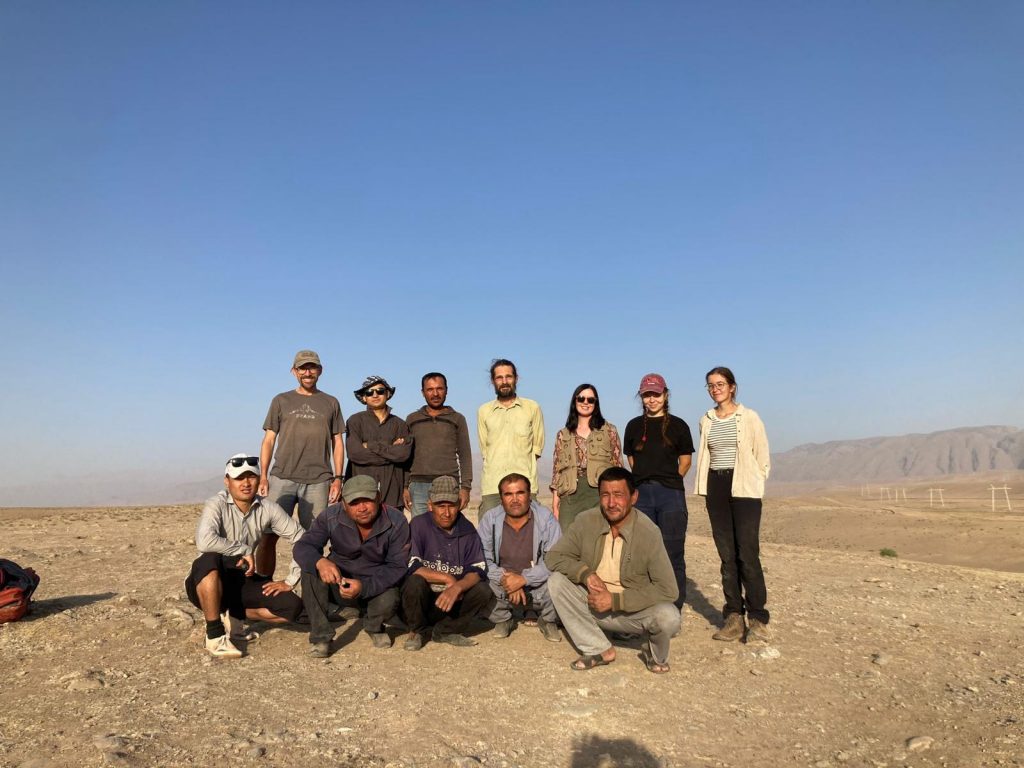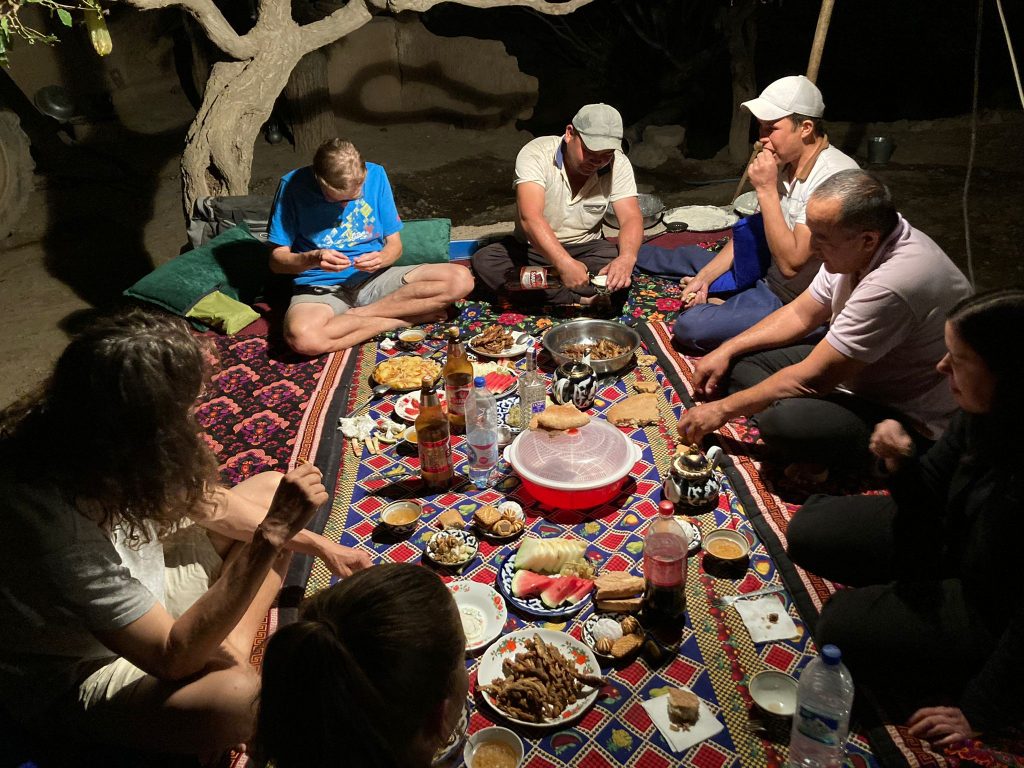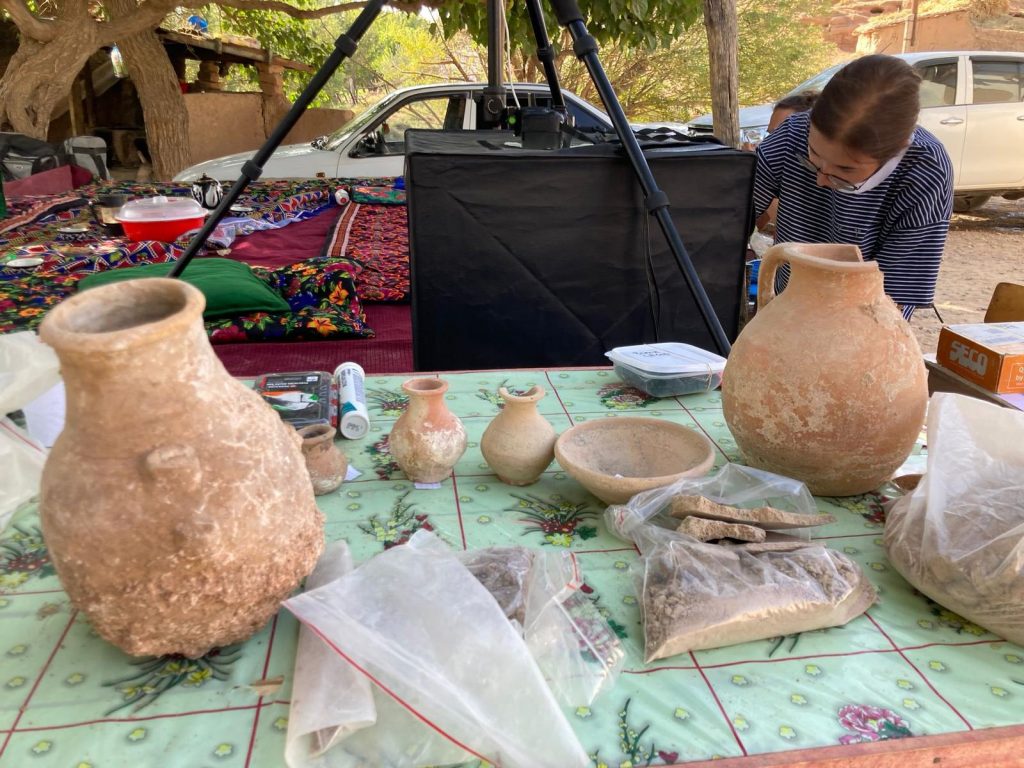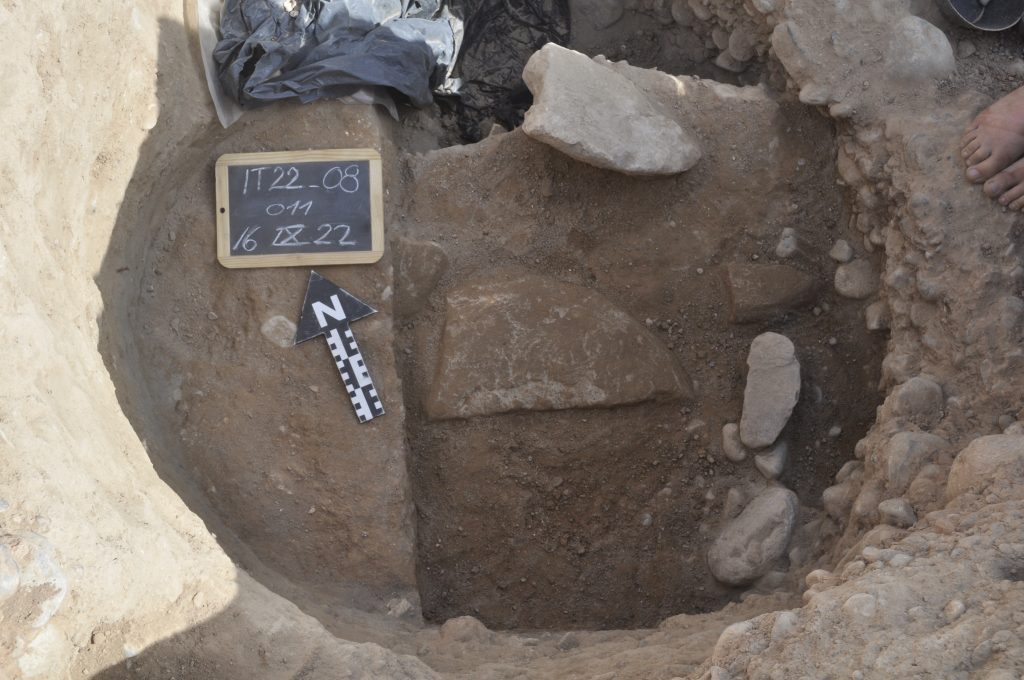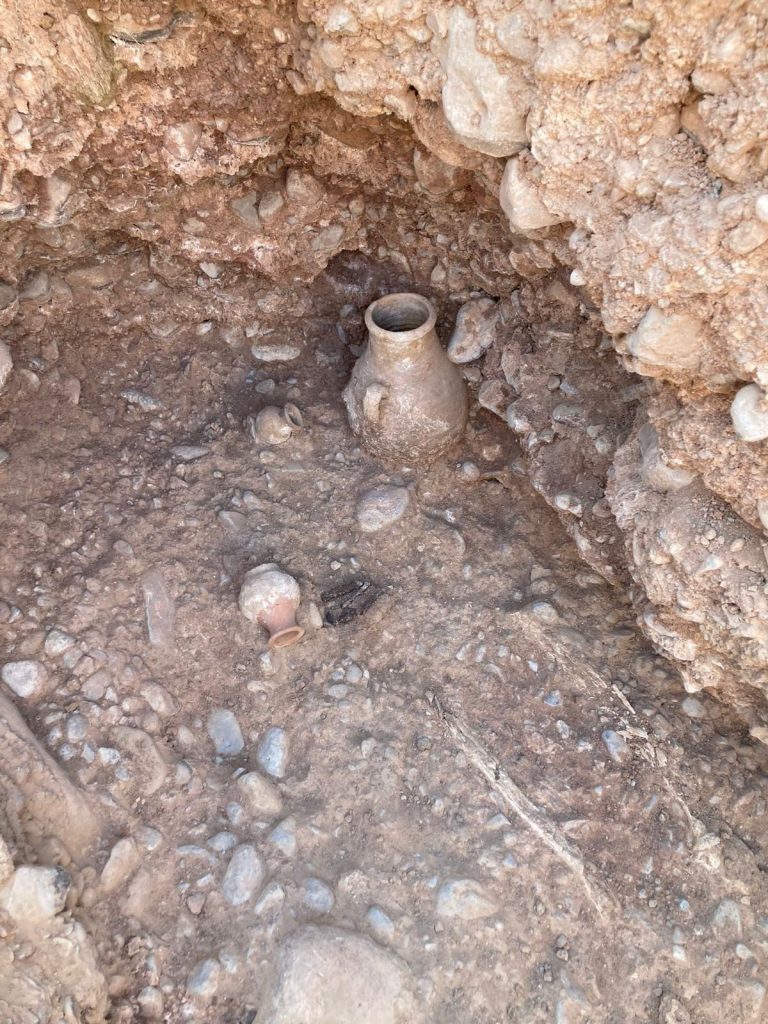A year ago, the Czech-Uzbek expedition discovered 60 graves from the 3rd–2nd century BC on the outskirts of the Iskandar Tepa settlement in southern Uzbekistan. Now, the archaeologists opened six of them to acquire archaeological and anthropological data about the population that lived there. Some of the graves have provided extremely valuable data, artifacts, skeletal remains, and samples for further analysis.
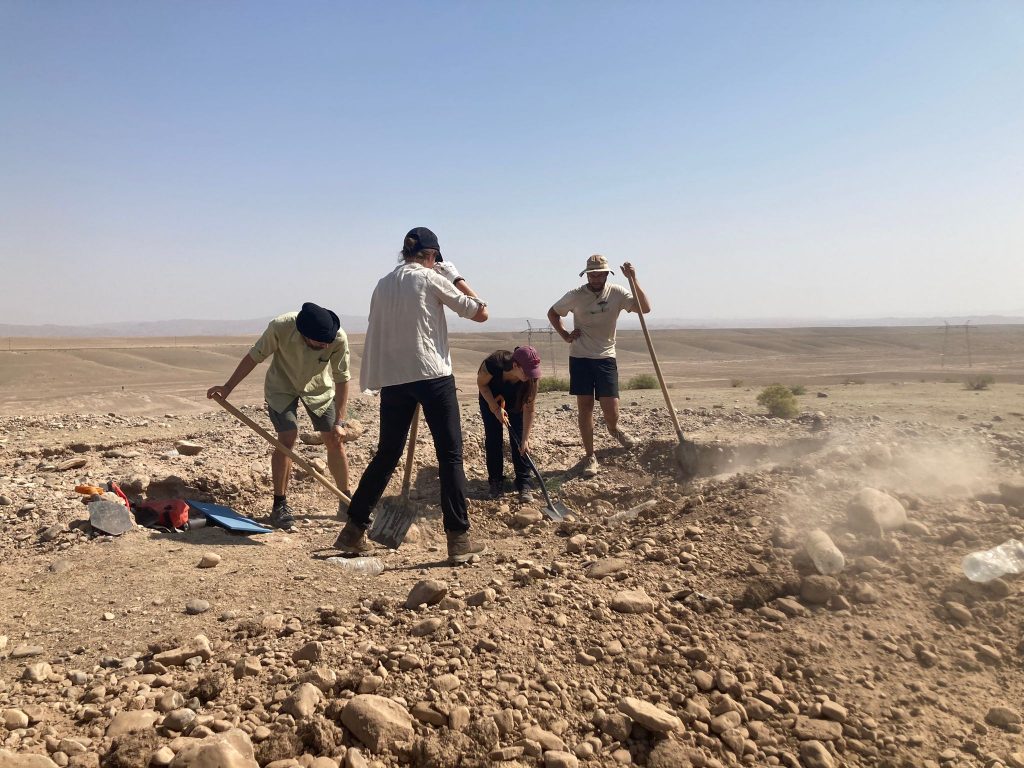
The archaeologist found a skeleton of an adult who had a very small stature and bones of a young, teenage person decorated with twenty ornate, mainly brass and iron rings and other jewellery. The other grave of an adult person uncovered an old settlement pit containing materials from the Greco-Bactrian period (3rd–2nd century BC) and multiple bones of small cattle. Almost all graves contained besides personal jewellery also well-preserved ceramic jars and rarely even gold and silver decorations.
This year, the Autumn excavation season was also preceded by a campaign in May. Its goal was to secure as a complete sample of metal findings as possible from the surface of Hellenistic settlements in the vicinity of the Iron Gate on the border of Bactria and Sogdiana. Here, the team of archaeologists gather extensive data for the characterization of the varied material culture of that time (arrowheads, rings, or coins) and especially for a better dating of all these settlements.
